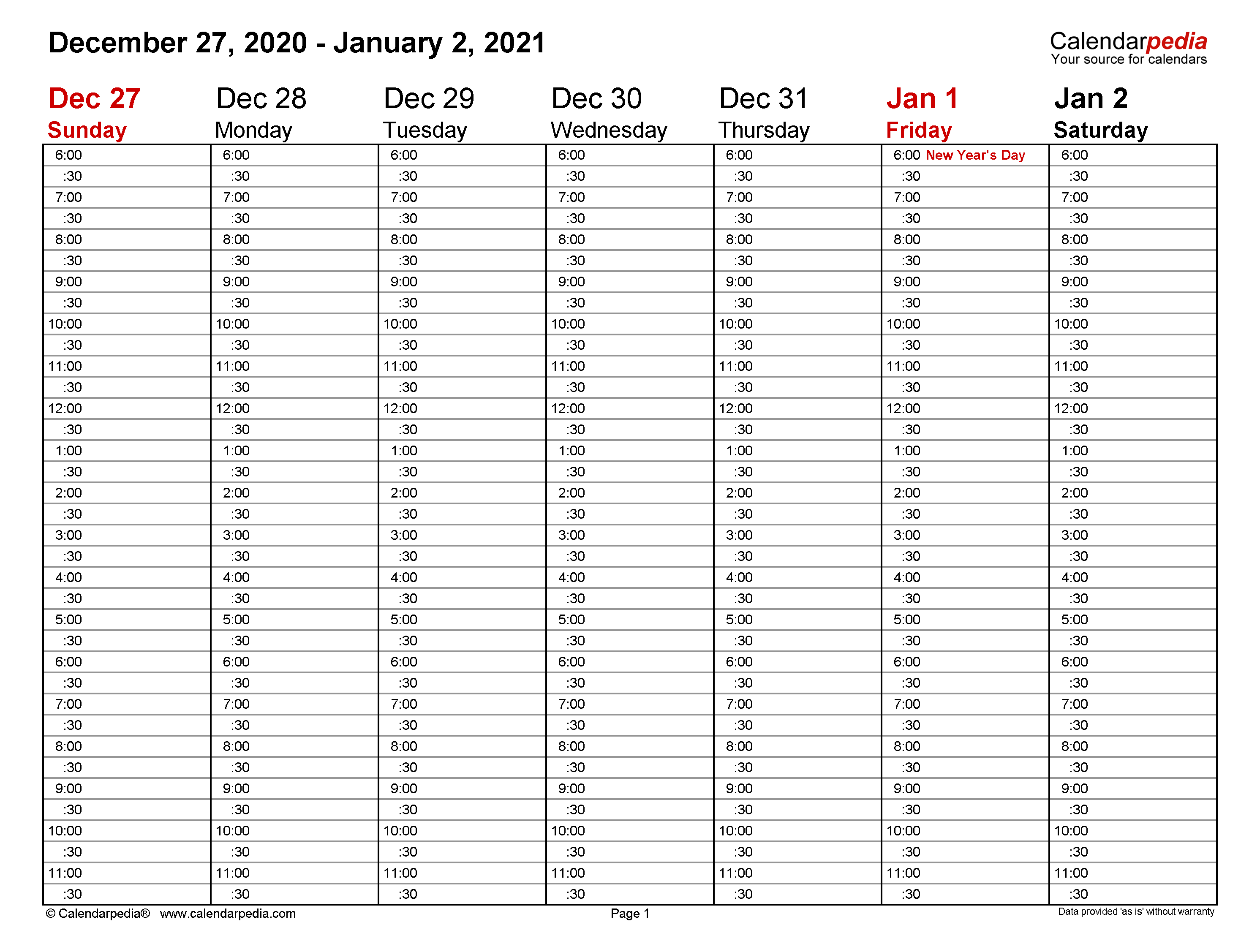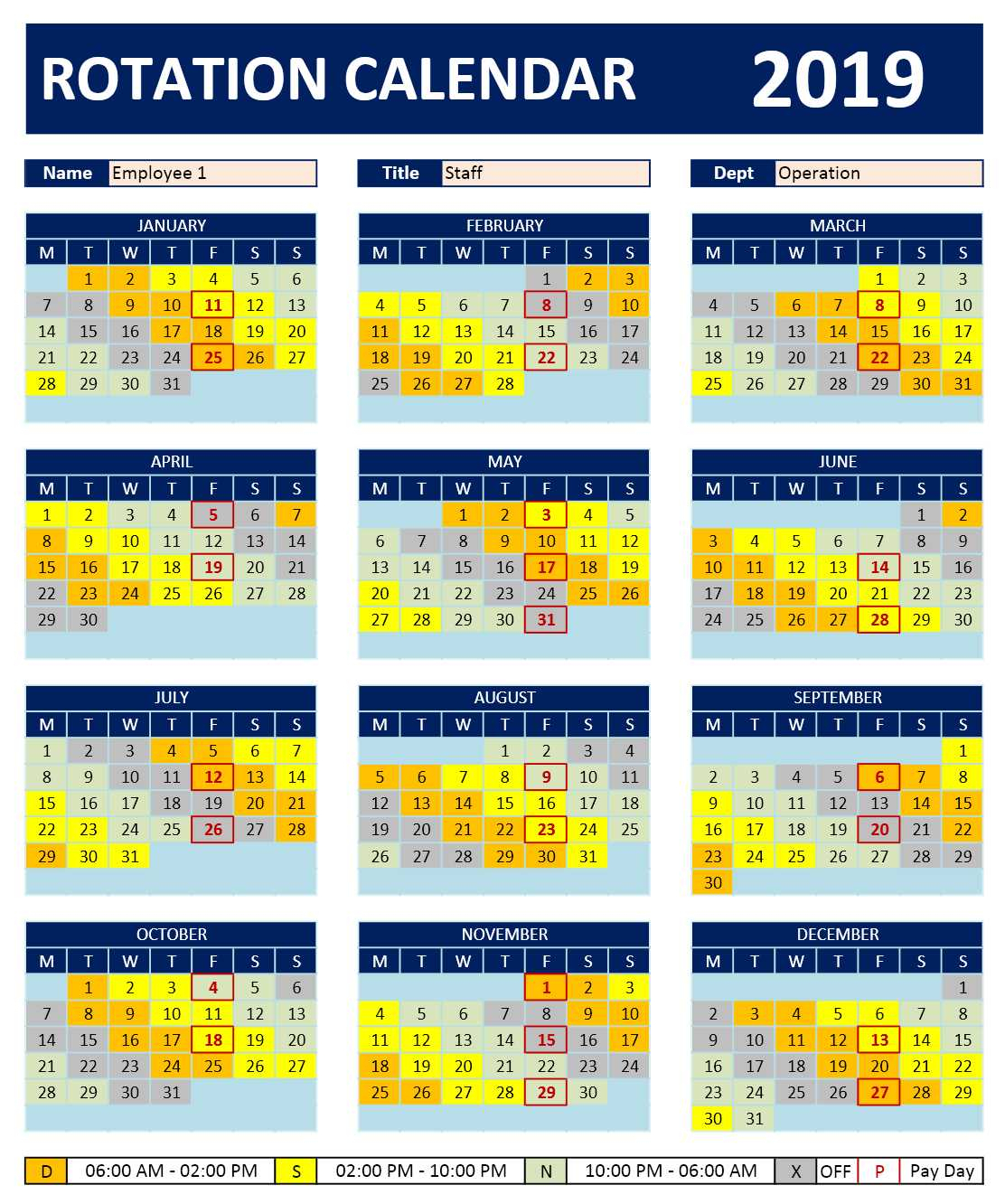

While reducing all the time you spend in pointless meetings is a bigger challenge, automating your scheduling can help you start reclaiming precious hours as early as this week. When you realistically take into account all the meeting conflicts that come up - like 42.4% of one-on-one meetings being rescheduled every week, for example - on top of the 21.5 hours/week you spend attending those meetings, you’re likely pouring another 8.3% of your week into just managing your meeting scheduling. And best case scenario, every meeting only takes 5 minutes to schedule (we wish) – that’s still an additional 3.3 hours/week of your valuable time spent just trying to coordinate a time to connect.
#2 2 3 work schedule calendar 2021 pro
It’s no surprise that meetings are the biggest time demand for the modern worker, with the average pro attending a jaw dropping 25.6 meetings/week. So the question becomes, how do we get more productive time out of the week?

In fact, 78.7% of people are feeling stressed from this very issue plaguing their availability. Between juggling heavier task loads and almost 70% more meetings since 2020 – there just aren’t enough hours in the workweek for all the things on your plate. Common Usage: Typical users of the shift configuration.If you’re a busy professional, there’s no doubt you’ve felt strain on your availability, or struggled to find time in someone else’s busy schedule.Minuses: Negative aspects of the shift configuration.Pluses: Positive aspects of the shift configuration.Note that by default, each team contains the same number of employees. A shift configuration is "balanced from day to day" if each day is staffed by the same number of employees. A shift configration is "balanced from shift to shift" if the new shift will be staffed by the same number of employees as the old shift. Staffing Fluctuation: The fluctuation in staffing level as the plan progresses from shift to shift and day to day.Average Hours Per Week: This is the average number of hours worked by each employee per week based on the shift lengths and shift sequences for this plan.In a "slow" rotation, a team works the same shift for many days or weeks before rotating to another shift. In a "fast" rotation, a team rotates from one shift to another once every few days or less. The rotation speed is the speed at which the shifts are rotated. Many studies suggest that forward rotation is better than backward rotation since our body adjusts much better to changes in work shifts from earlier to later. In a backward rotation, the reverse is true. In a forward rotation, the team rotates from a shift that starts earlier in the day to a shift that starts later in the day, e.g. Rotation: For rotating shift configurations, a team rotates from one shift to another according to a specific arrangement.At the end of each repeat cycle, the team starts the same shift sequence over again. Repeat Cycle: The number of days required for each team to complete its assigned shift sequence in a schedule plan.The shift start or end time can be adjusted to fit your business operations so long as the shift length stays the same. For each shift, only the shift description and shift length are shown. Shifts: The different shifts used in this shift pattern.A team may consist of one or more employees. Teams Required: The number of teams (crews) required by this plan.Applicability: The type of operations this shift configuration is designed for.
#2 2 3 work schedule calendar 2021 code
Plan ID: A code used to uniquely identify the shift plan in Snap Schedule employee scheduling software.


 0 kommentar(er)
0 kommentar(er)
